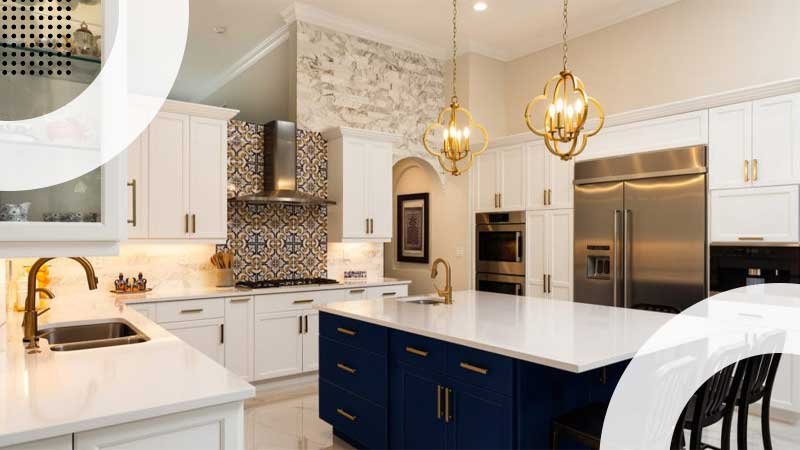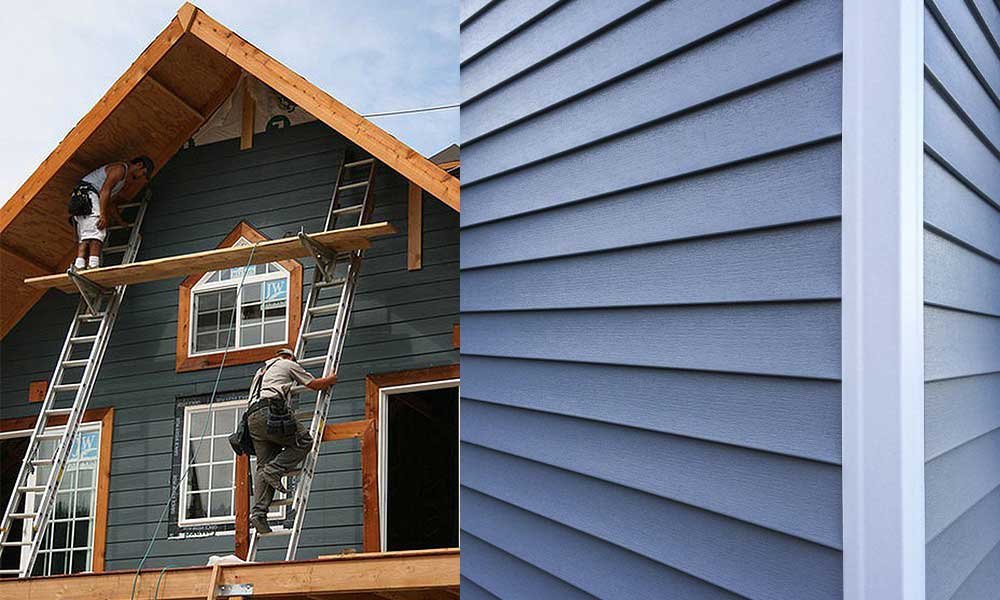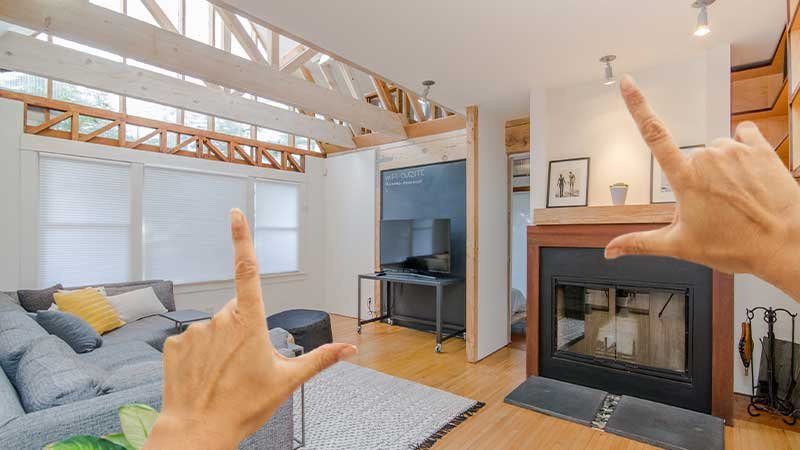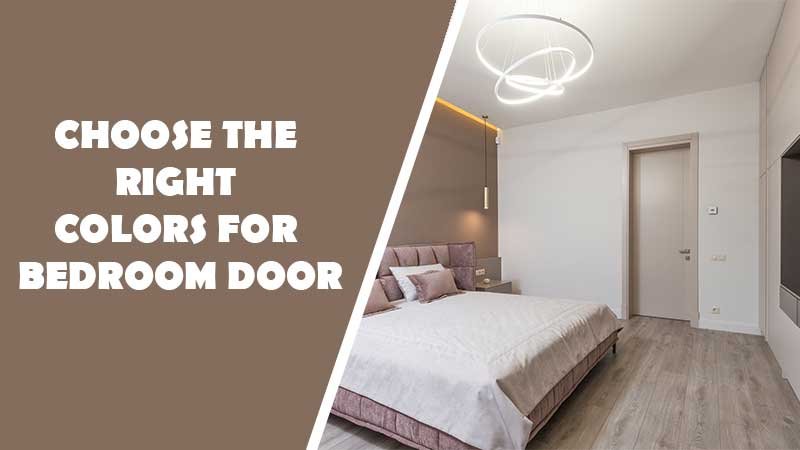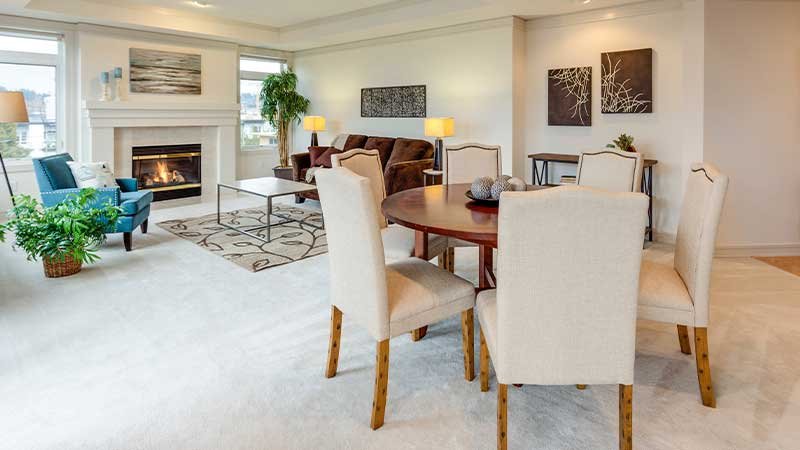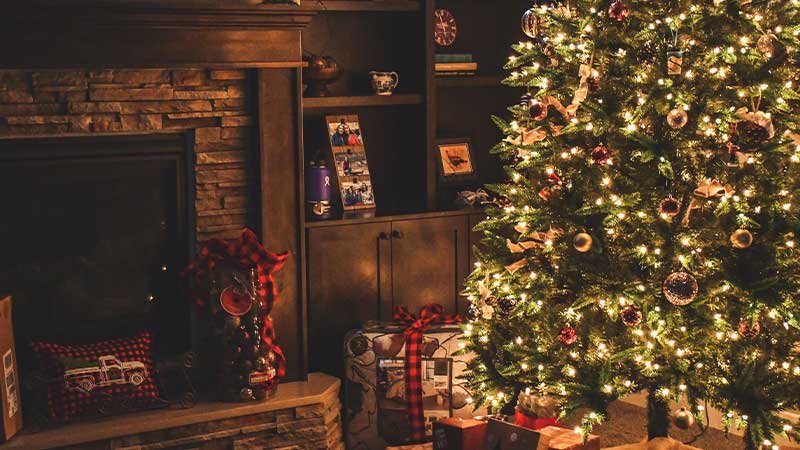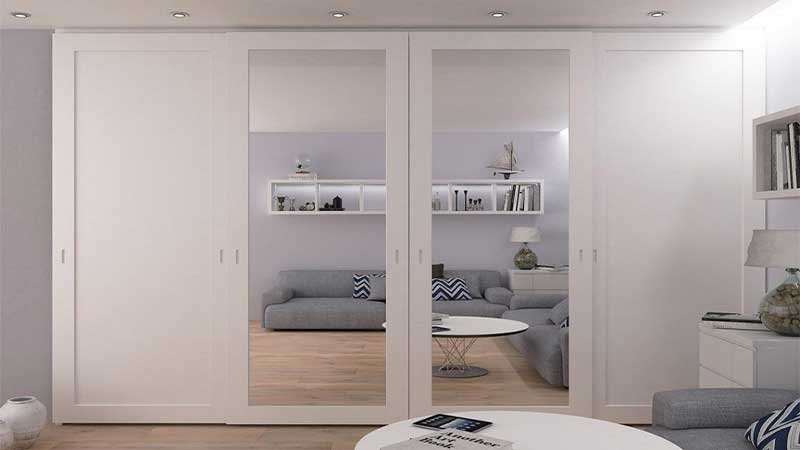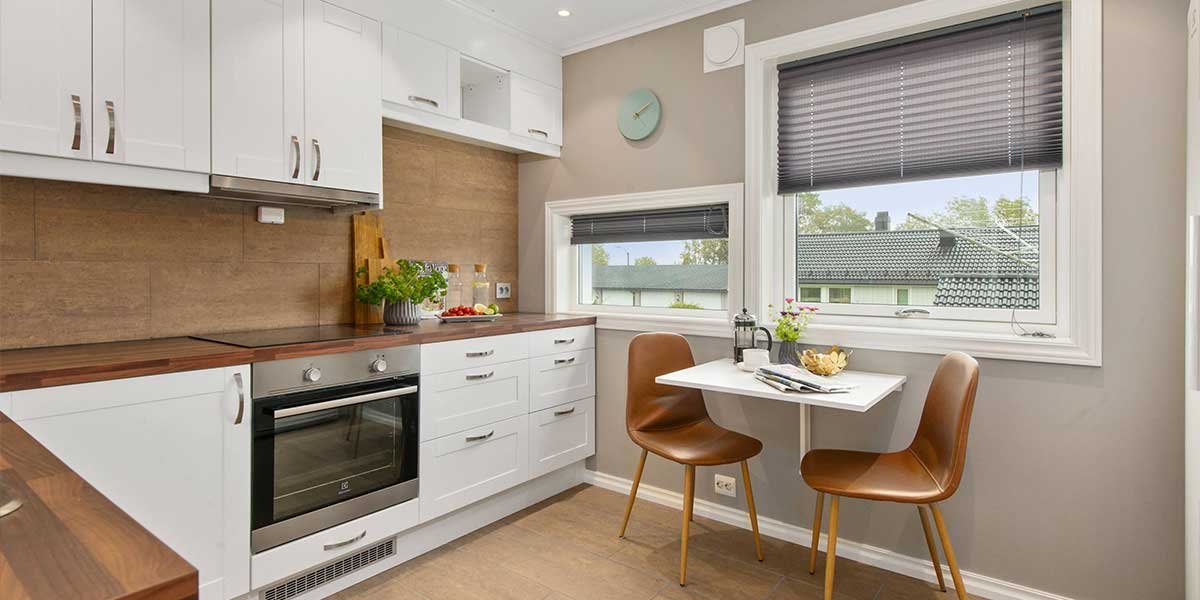Where To Add Color in Your Kitchen & What Colors To Use
Though not necessarily in the geographic center, the kitchen is often the heart of your home. In other words, it is likely the place where you and your family gather together most often. A kitchen designer Los Angeles can tell you that the colors that you choose for your kitchen can influence the way its occupants feel. Therefore, it is important to carefully consider which colors you want in your kitchen and how to use them.
Colors For Your Kitchen
When choosing colors for your kitchen, you should try to strike the right balance. Too many bright, vibrant, or contrasting colors can be overwhelming. On the other hand, if you decorate your kitchen entirely in neutral tones, the effect can be dull and depressing. However, a neutral gray or white can provide a solid foundation on which to build, and accents of brighter colors can add warmth, energy, and visual interest.
When choosing colors for your kitchen, it is important to take color brightness and temperature into consideration. Shades of red, yellow, and orange are considered warm while their opposites, green, purple, and blue, are considered cool. If you want your kitchen to feel cozy, you should choose dark, warm shades. Warm colors are popular in kitchens because of their reputed appetite-enhancing qualities. Then again, if you prefer that your kitchen feel open and airy, try a lighter color in a cool or cool-tinged shade.
Keep in mind that even neutral colors are rarely completely neutral. Grays and whites typically have warm or cool undertones. These can have a profound yet subtle effect on the overall color scheme.
Places To Add Color
Santa Barbara interior designers recognize that you don’t necessarily have to paint a wall or fixture to add color. Furnishings such as rugs and accessories such as linens or tableware can add color in an inexpensive way that is easy to swap out with the change of seasons or a shift in your mood. Changing the lighting fixtures is another relatively easy way to add color to the kitchen, although this is typically more permanent.
An accent wall can make a bold statement in a kitchen without overloading the senses. Paint three walls in a neutral tone and then choose something striking for the fourth: a vibrant yellow, majestic purple, or deep emerald green.
As a general rule, less is often more when choosing kitchen colors. A brightly colored backsplash or cabinetry can really pop against a neutral wall. However, if you try the reverse, i.e., neutral cabinets against a brightly colored wall, it may not have the same effect.
If your home design is based on an open concept, you can use color to either divide or unify different areas of the house. For example, you can set the kitchen apart from the living area by painting it a different color. Conversely, if there is a wall that the kitchen and living room have in common, you can make it an accent wall and paint it the same color in both areas so that the two spaces flow together.
Keep in mind that you do not need to rely entirely on your own judgment when making these decisions. You can seek the guidance of experienced Santa Monica interior designers.
Follow Us
Latest Post





